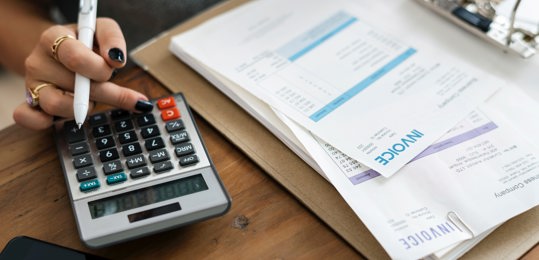The varieties and popularity of cryptoassets is constantly increasing and although this world is virtual, it is worth bearing in mind that the very real profits, gains or losses generated need to be declared to HMRC.
The assets are in the form of digital tokens, some having the ability to be exchanged for goods and services and others granting certain rights to their holders. The assets are held in digital “wallets” which are secured by a digital key known only to the user. The creation and processing of transactions are recorded in a blockchain on a public ledger which operates on a peer-to-peer network. This blockchain is secured by cryptography and each transaction made is recorded and incorporated into the next block added to the chain.
Anyone realising income or gains on cryptocurrencies for the first time in 2017-18 will need to complete and submit their self-assessment return, and settle any taxes due, by the usual date of 31 January 2019.
It is therefore important that suitable transaction records are kept to establish any tax position (especially considering that some trading platforms only keep details of transactions made in the last six months). This includes keeping clear records of the different types of token held; it is not only when cryptoassets are exchanged for actual currency that gains arise, but also possibly when exchanging one cryptoasset for another.
The key issue for most will be determining whether the nature of the activities means that they are trading or investing in cryptoassets. Traders will be subject to income tax on any profits or losses while those investing will be subject to capital gains tax. In general, most individuals engaged in cryptoasset transactions are likely to be investors and not traders.
Anyone realising income or gains on cryptocurrencies for the first time in 2017-18 will need to complete and submit their self-assessment return, and settle any taxes due, by the usual date of 31 January 2019. Similarly, where the individual started trading in cryptoassets in 2017-18 then they should report any profit or loss by the same date.
Individuals who made cryptocurrency transactions before 6 April 2017 and have not yet advised HMRC of their income or gains, should consider if they also need to file returns for previous years. Individuals who have made losses should also consider what they need to report to HMRC.
An individual investing in cryptoassets who has:
- made gains in excess of their £11,300 2017/18 annual exempt allowance
- disposed of more than £45,200 of assets in 2017-18, or
- who wants to claim an allowable capital loss
is required to report their disposals on a self-assessment return. Relief is not available for a capital loss unless the loss is reported to HMRC. Claims for capital losses can be made up to four years after the end of the tax year of disposal.
HMRC is in the process of updating their guidance for individuals on this as a lot has changed in the world of cryptoassets since the last one was published in 2014.



